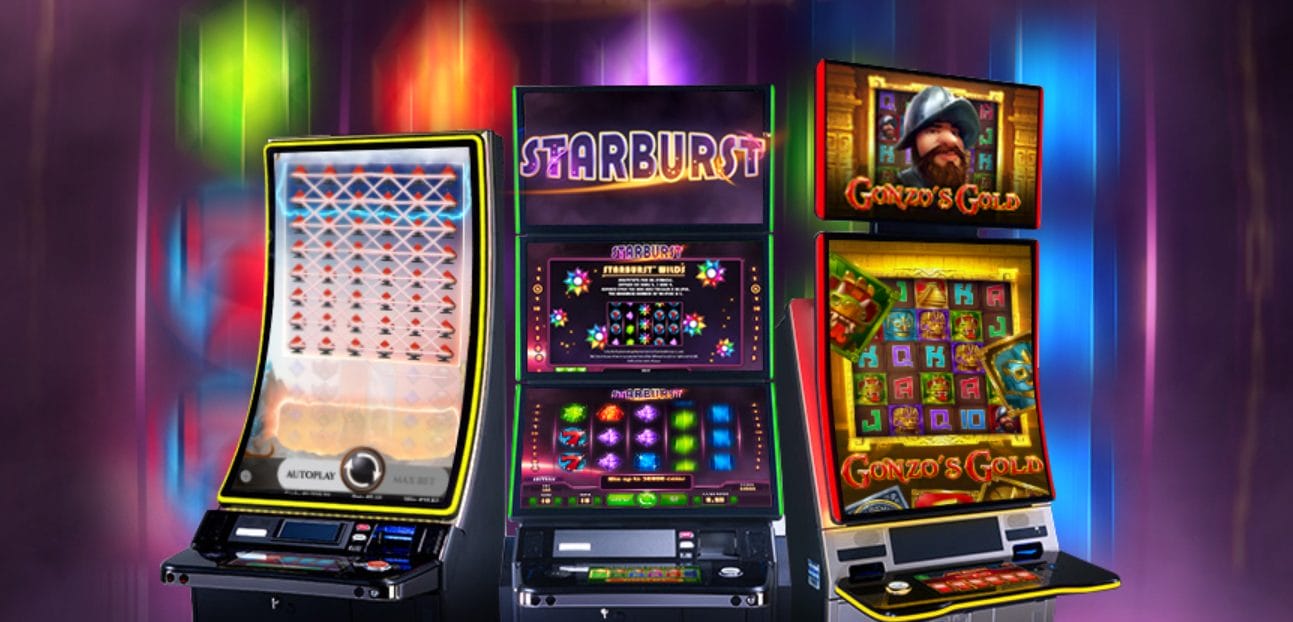Slot games have always been popular, but in recent years, a special term has taken over the online community slot gacor. These are the games players claim to be more active, more rewarding, and more exciting than normal slots. But there’s another side to this story. Slot gacor games don’t just feel more profitable they also feel more addictive. The question is: why? What makes these games harder to stop playing? To understand this, we need to look at psychology, game mechanics, reward systems, and how the brain reacts while spinning the reels.
The Excitement of Constant Activity
Regular slot games often have long periods with nothing interesting happening. But slot gacor games feel alive. They give small wins frequently, show near-misses, trigger bonus teases, and keep the reels moving with energy. Even when you don’t win big, the game keeps giving you enough action to stay engaged. This constant stimulation tricks the brain into believing a big win is coming soon, making it harder to walk away.
The Almost Win Effect
One of the most powerful psychological triggers in slot gacor games is the near-miss. When two bonus symbols land and the third just passes the reel, it feels like you were very close to winning even though RNG makes each spin random. These almost all wins actually activate the same brain region as real wins. The brain interprets near-misses as progress, which increases motivation to keep playing. Regular slots may feel flat, but slot gacor games often create this illusion of being close to success.
Frequent Bonus Features Keep Players Hooked
Bonus rounds are the most exciting part of any slot. They offer free spins, multipliers, wilds, and massive win potential. Slot gacor games often seem to trigger these bonuses more often, or at least tease them enough to keep players waiting. Even when a bonus doesn’t pay much, the experience itself is stimulating. The anticipation becomes addictive, even more than the win.
High Sensory Stimulation
Slot gacor games are designed with sharp visuals, satisfying sound effects, fast reel animations, celebratory music, and dynamic feedback. When you win even a small amount the game explodes with lights and sounds to make the reward feel significant. This strong combination of visual and audio stimulation triggers dopamine release in the brain. The more intense the design, the more addictive the experience becomes. Regular slots are often simpler and calmer, which is why they don’t pull players in the same way.
Variable Reward System
Slot gacor games follow a variable reward schedule, the same psychological principle used in social media, video games, and even lottery systems. You never know when the next big win or bonus will appear. This unpredictability creates excitement and triggers dopamine, the feel good chemical in the brain. The brain becomes addicted not to winning, but to the possibility of winning. Slot gacor games are especially effective at delivering these highs at just the right moments to keep you spinning.
The Illusion of Control
Players often believe they can read a gacor game. They watch patterns, track wins, and think they can sense when a slot is about to hit. This creates a feeling of control, even though RNG ensures complete randomness. When players think they are making smart decisions, they feel more confident and stay longer. Regular slots rarely give this sense of momentum, which is why they feel less compelling.
Social Proof and Community Influence
Slot gacor games often become popular within player communities. People share big win screenshots, recommend certain times to play, or even name today’s hot games. When many players talk about how a certain slot is paying, others join in to experience it. This social validation increases trust, excitement, and the desire to try it yourself. The more people win publicly, the more addictive the game becomes for everyone watching.
Faster Gameplay, Less Thinking Time
Many slot gacor games are designed to be fast-paced. Spins are quick, animations are short, and there is very little waiting time between actions. This eliminates the player’s chance to think, reflect, or slow down. When gameplay is rapid, decisions are automatic and addiction grows. Regular slots with slower speeds give the brain time to pause, which reduces impulsive behavior.
Rewards Even When You Lose
One sneaky reason slot gacor games feel addictive is that they often return small amounts even on losing spins. For example, betting $1 and winning back $0.20 still shows WIN. The game celebrates it with sounds and lights, even though you actually lost money. These disguised losses make the brain think it’s doing well, which encourages continued play. Regular slots are more straightforward when you lose, you lose and that makes them easier to walk away from.
Emotional Rollercoaster That Players Enjoy
Slot gacor games create highs and lows in quick succession. One moment you’re winning small amounts, then you get a bonus tease, then a near-miss, then a free spin, then a small win that looks big with animations. This emotional rollercoaster becomes thrilling, almost like riding waves of adrenaline. The unpredictability becomes the entertainment, and players keep chasing the next high. Regular slots often feel flat in comparison.
Final Thoughts
Slot gacor games feel more addictive than regular slots not because they break the rules, but because they are designed to stimulate the brain on multiple levels emotionally, visually, psychologically, and socially. They deliver more excitement, more feedback, more hope, and more perceived control, even when the outcome is still random. Understanding why they feel so addictive helps players stay aware and make smarter decisions.






